Table of Contents
The Palestinian flag, also known as the flag of Palestine, holds a significant place in the nation’s history and culture. With its vibrant colors and meaningful symbolism, it represents the Palestinian identity and heritage. In this article, we will delve into the intriguing aspects of the Palestine flag, its design, historical background, and the symbolism behind its elements.
The Palestine flag features black, white, and green horizontal stripes with a red triangle at the hoist. The black stripe symbolizes the dark days of the past, the white represents peace and brightness, the green denotes the land and its fertility, and the red triangle symbolizes the bloodshed and sacrifice for freedom.
Palestine Flag: Colors and Symbolism
- The flag of Palestine features black, white, and green horizontal stripes with a red triangle at the hoist.
- The black stripe symbolizes the dark days of the past and the challenges faced by the Palestinian people.
- The white color represents peace, hope, and the aspiration for a brighter future.
- The green color signifies the fertile landscapes of Palestine and its connection to the land.
- The red triangle symbolizes the sacrifices made by the Palestinian people and their quest for freedom and sovereignty.
- The flag’s design reflects the nation’s aspirations, cultural heritage, and unity among the Palestinian people.
Flag of Palestine

The flag stands as a powerful symbol that encapsulates the cultural significance and spirit of the nation. Its design consists of a tricolor of black, white, and green horizontal stripes, with a red triangle at the hoist. The black color represents the dark days of the past, the white stands for a peaceful future, the green symbolizes the land of Palestine, and the red denotes the sacrifices and the bloodshed. Each color and element on the flag has historical and cultural significance, representing the Palestinian people’s resilience, hopes, and aspirations.
The history of the flag is intertwined with Palestine’s rich heritage and struggle for independence and recognition. Adopted in the 20th century, the flag represents the unity and aspirations of the Palestinian people.
Beyond its aesthetics, the flag from Palestine carries deep symbolic meanings. The colors reflect the values and aspirations of the Palestinian people, symbolizing their rich history, their dreams of peace, and their connection to the land. It embodies Palestine’s cultural heritage and serves as a reminder of the nation’s resilience and unity.
National Flag Etiquette and Protocol

Respecting the proper usage and display of the Palestinian flag is of utmost importance. Understanding flag etiquette is essential, especially during national events and ceremonies. Learn about the protocols governing the handling, hoisting, and lowering of the flag. Discover the appropriate procedures for retiring or handling damaged flags, ensuring they are accorded the respect they deserve.
- Proper Handling: The Palestinian flag should be handled with care and respect, ensuring it is not allowed to touch the ground or floor. It should be held upright and not dragged.
- Hoisting and Lowering: When hoisting the flag, it should be raised briskly and lowered ceremoniously. It is customary to hoist the flag at sunrise and lower it at sunset, although this may vary depending on the occasion or specific guidelines.
- Displaying the Flag: The Palestinian flag should be displayed with the black stripe at the top and the green stripe at the bottom, with the red triangle at the hoist. It should be flown freely and not entangled or obstructed.
- Half-Staff: Lowering the flag to half-staff is a gesture of mourning or respect. This should be done on specific days of remembrance or when directed by authorities to honor national tragedies or the passing of significant figures.
- Flag Retirement: When a Palestinian flag becomes damaged, torn, or worn out, it should be retired in a dignified manner. This can involve burning it in a respectful and solemn ceremony, following appropriate guidelines and local regulations.
- Flag Size and Placement: The size of the Palestinian flag displayed should be proportionate to the size of the flagpole or display area. It is recommended to consult local guidelines or authorities for specific rules regarding flag size and placement.
- Respectful Disposal: If a flag cannot be retired through burning, it should be disposed of in a respectful manner. This can involve burying it or handing it over to authorized organizations that specialize in flag disposal.
Interesting Facts and Trivia
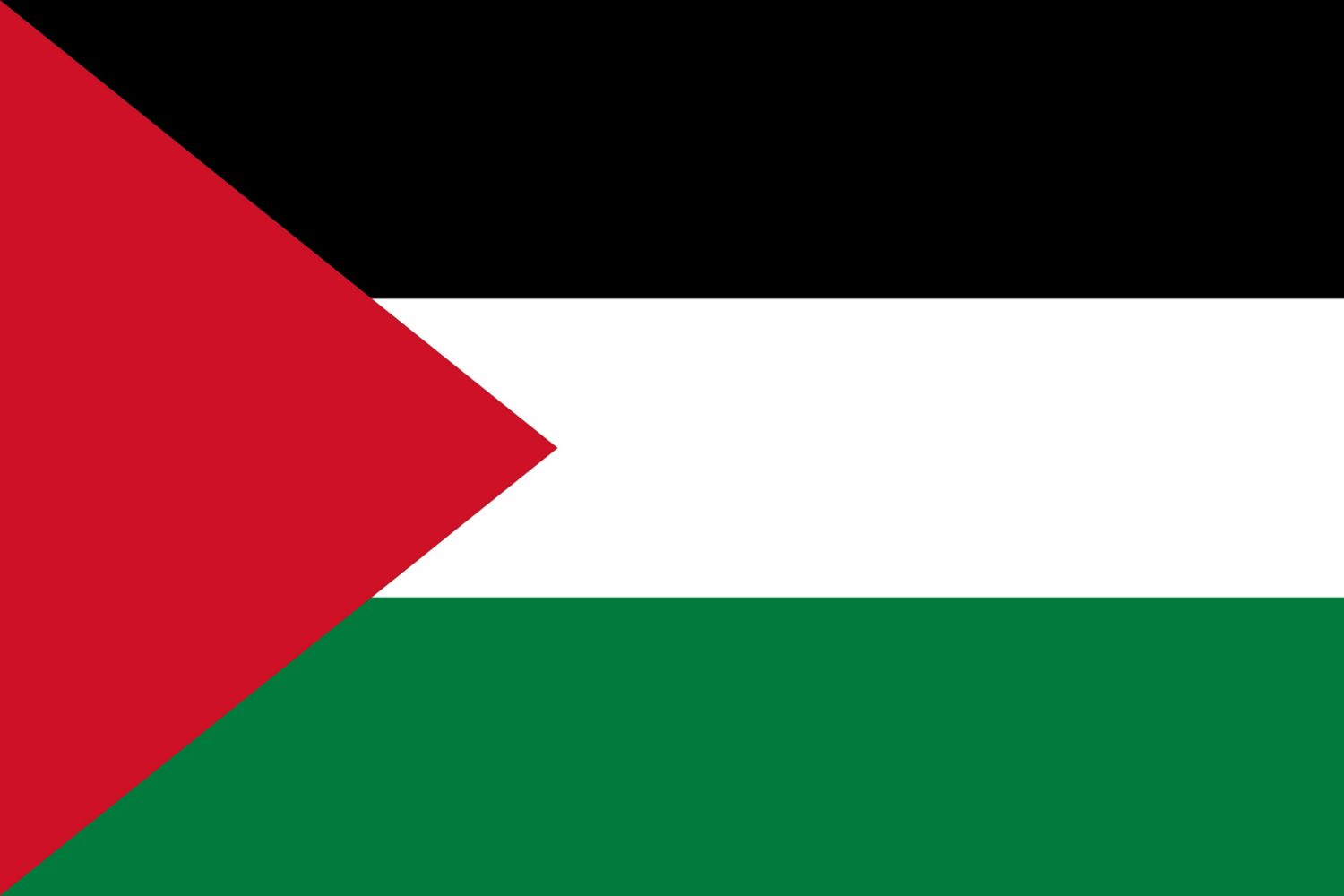
Embark on a journey of fascinating facts and lesser-known trivia about the Palestinian flag. Discover unique features within the flag’s design that hold hidden symbolism. Uncover stories of famous incidents or events involving the flag that have left an indelible mark on the nation’s history and identity.
Rich Tapestry of History
- 1964: The current flag of Palestine was adopted on May 28, symbolizing the unity and aspirations of the Palestinian people.
- Colors and Symbolism: The black, white, green, and red stripes represent the Arab Revolt against Ottoman rule. They each carry distinct historical and cultural meanings for the Palestinian people.
- Triangle and Stripes: The triangle at the hoist side of the flag, along with the stripes, has roots in pan-Arabism and represents the unity of the Arab people.
- National Identity: The flag embodies Palestine’s rich history, cultural heritage, and the nation’s ongoing pursuit of unity, prosperity, and liberation.
These historical facts highlight significant moments in the history of the Palestinian flag, showcasing its role in shaping Palestine’s national identity and symbolizing its struggles and aspirations throughout the years.
Flag-Related Symbols and Emblems
A flag is not alone in representing the nation’s identity. Explore additional national symbols and emblems closely associated with Palestine, understanding their significance and how they relate to the flag. Delve into their historical and cultural roots, further enriching your understanding of Palestine’s heritage. It’s easy to travel and make a Palestine tour to visit the country’s best destinations.
Symbolisms of the Palestine Flag
The flag of Palestine holds several symbolic elements that represent the nation’s history, values, and aspirations. Here are the symbolisms of the Palestine flag presented in itemized form:
- Black Stripe: Represents the dark days of the past.
- White Stripe: Symbolizes a brighter future and peace.
- Green Stripe: Represents the land and the hope for the future.
- Red Stripe: Represents the bloodshed in the fight for liberation.
- Triangle: Draws its inspiration from pan-Arabism, representing unity among Arab nations.
- Flag’s Design: Reflects Palestine’s aspirations, cultural heritage, and unity among the Palestinian people.
- National Identity: The flag serves as a powerful symbol that unifies the Palestinian people, reminding them of their shared heritage and cultural identity.
- National Aspirations: Through its design and elements, the flag embodies the aspirations and values of the Palestinian nation, including perseverance, hope, unity, and liberation.
These symbolisms in the flag contribute to the country’s sense of identity and pride, reflecting its historical journey and cultural significance.
Flags of Similar Countries or Regions
Examining the flags of neighboring countries or regions can provide intriguing insights. Compare and contrast the flags, exploring similarities in design, colors, or symbolism. Uncover historical and cultural connections between flags, shedding light on shared influences or distinctive identities.
Palestinian Flag vs Jordanian Flag
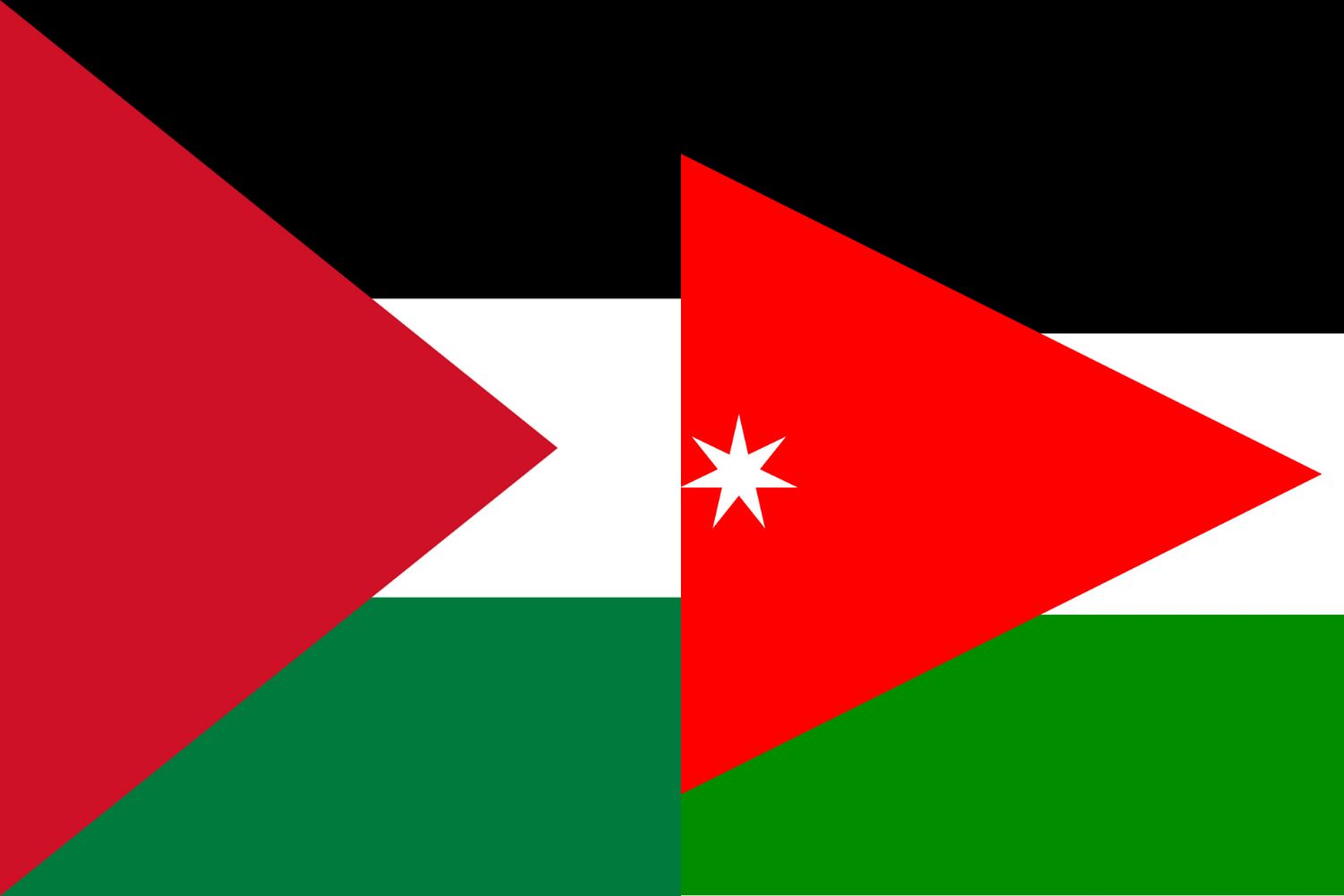
Similarity: Both flags feature a white, black, green, and red tricolor.
Difference: The Jordanian flag includes a white seven-pointed star in the hoist-side triangle.
Palestinian Flag vs Syrian Flag
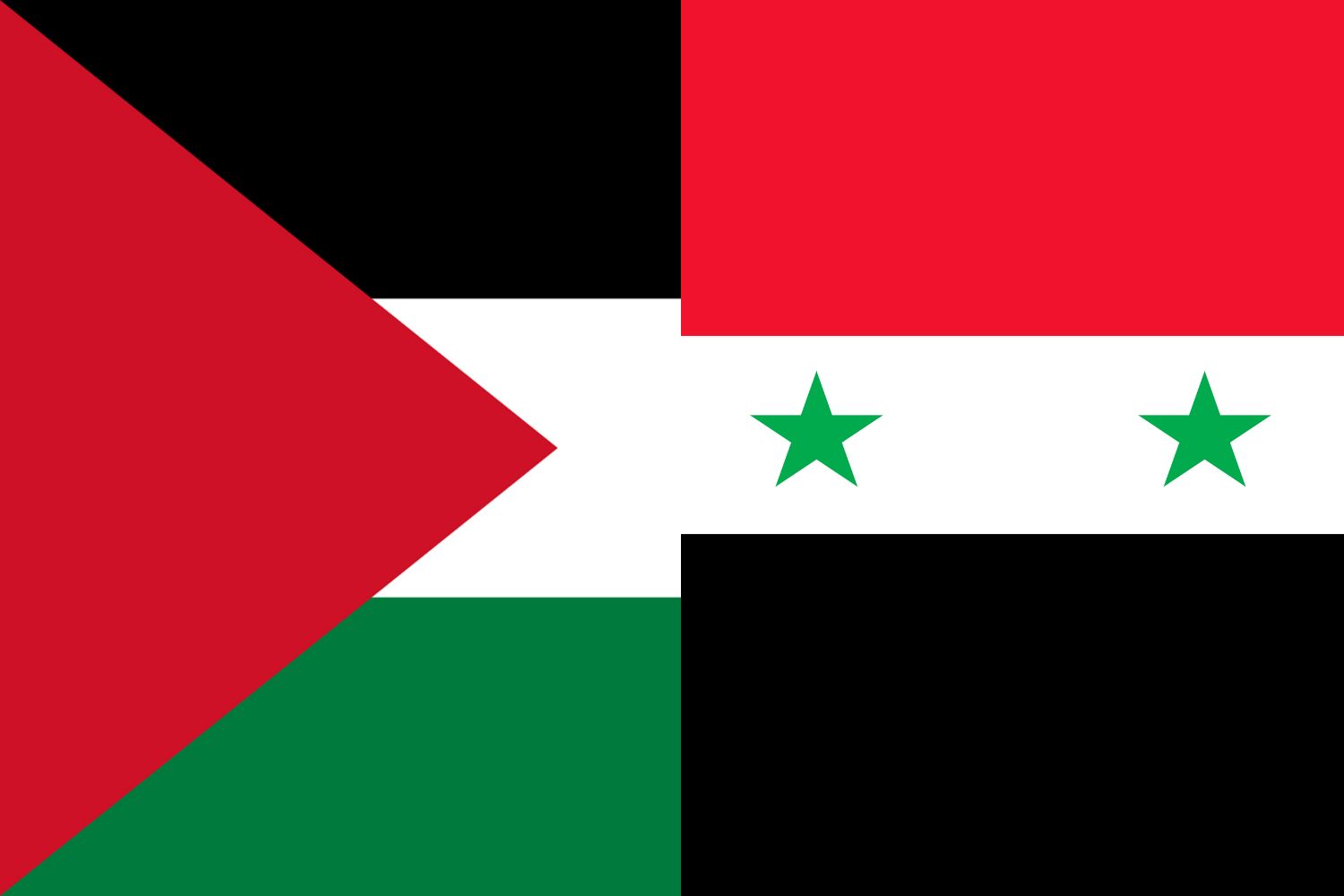
Similarity: Both flags have horizontal stripes in black, white, and red.
Difference: The Syrian flag includes two green stars in the white stripe.
Palestinian Flag vs Iraqi Flag
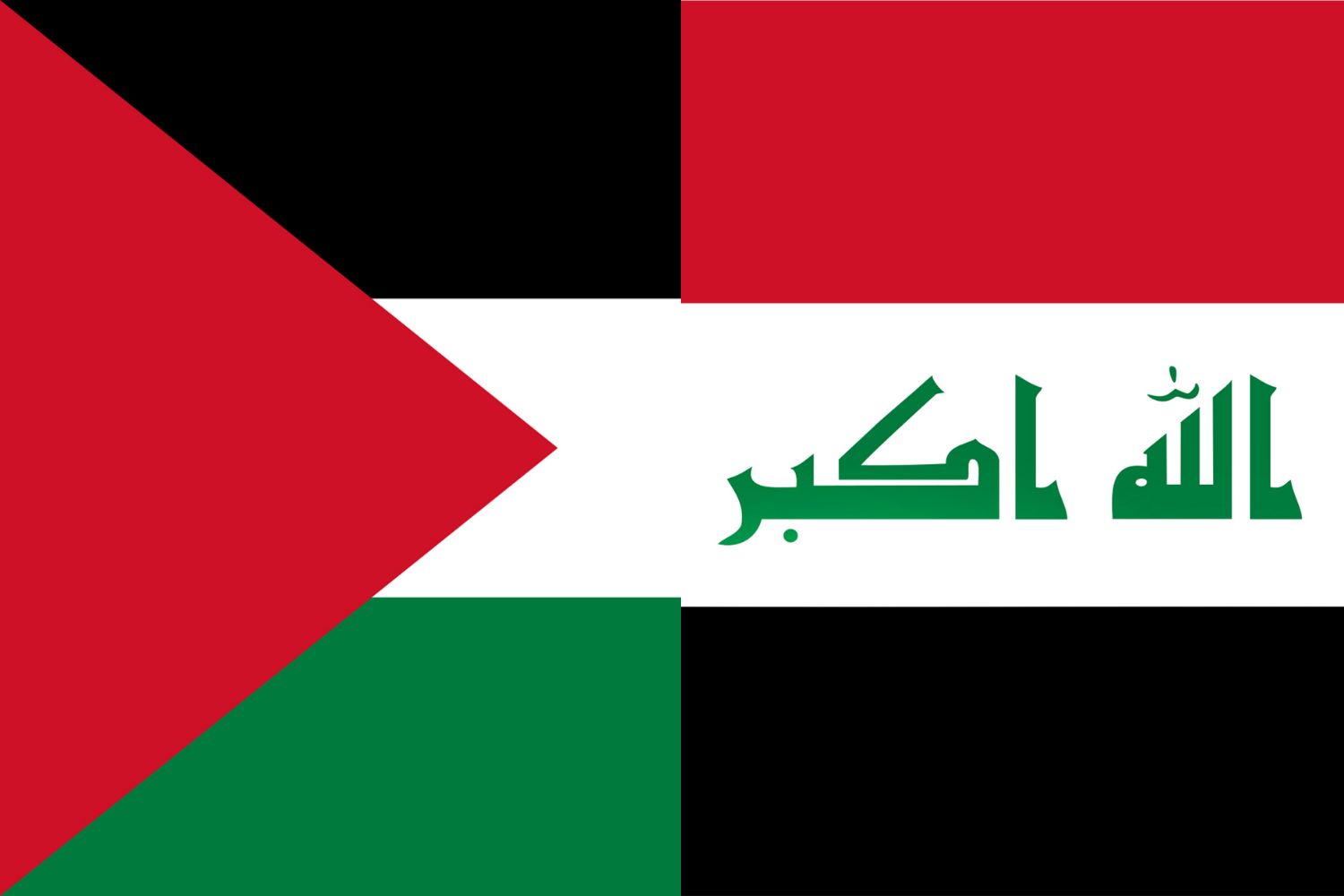
Similarity: Both flags have horizontal stripes in black, white, and red.
Difference: The Iraqi flag includes three green stars and the Takbir (Arabic for “Allahu Akbar” or “God is Greatest”) in the white stripe.
Palestinian Flag vs Egyptian Flag
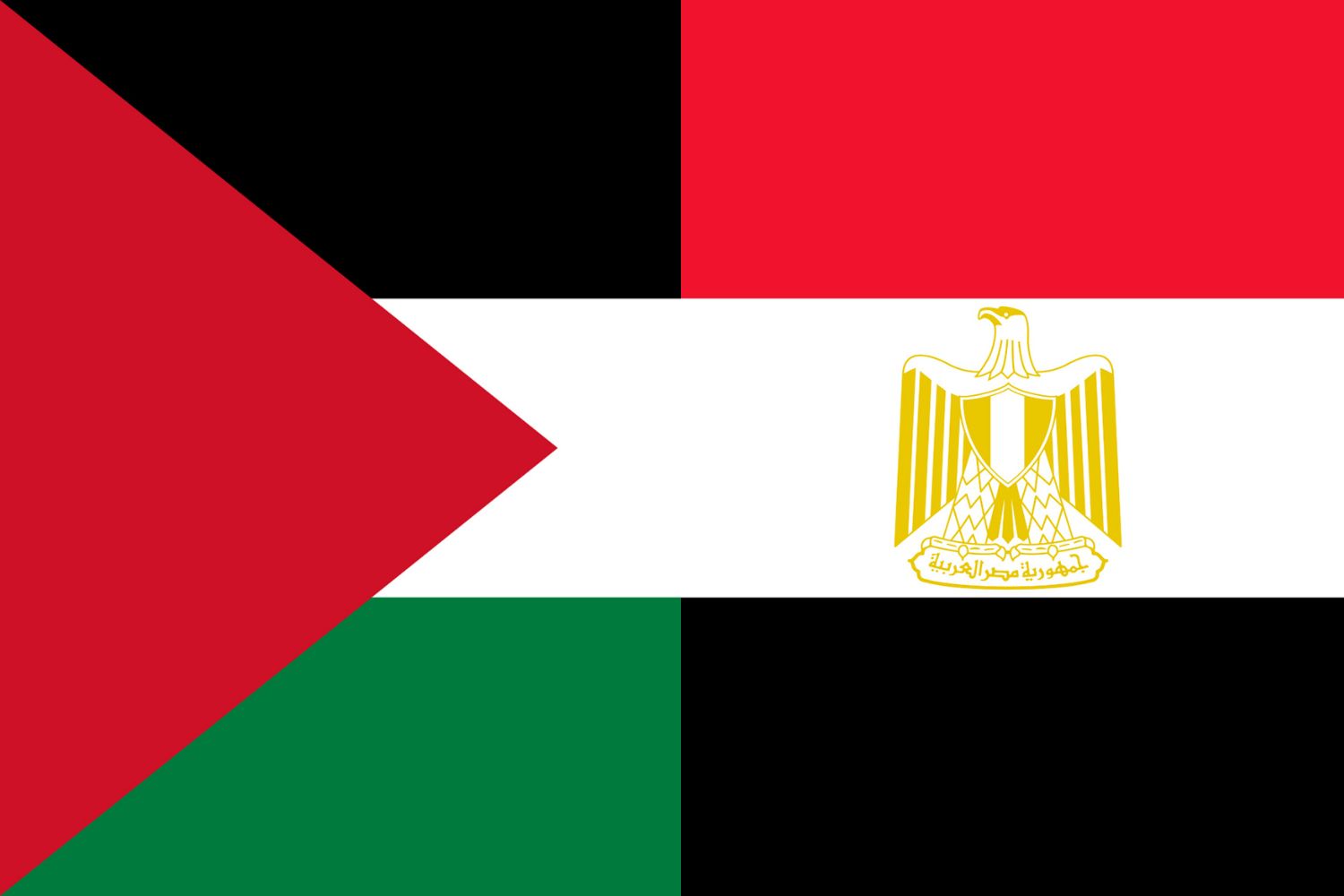
Similarity: Both flags have horizontal stripes in black, white, and red.
Difference: The Egyptian flag includes a golden eagle of Saladin in the white stripe.
Palestinian Flag vs Sudanese Flag
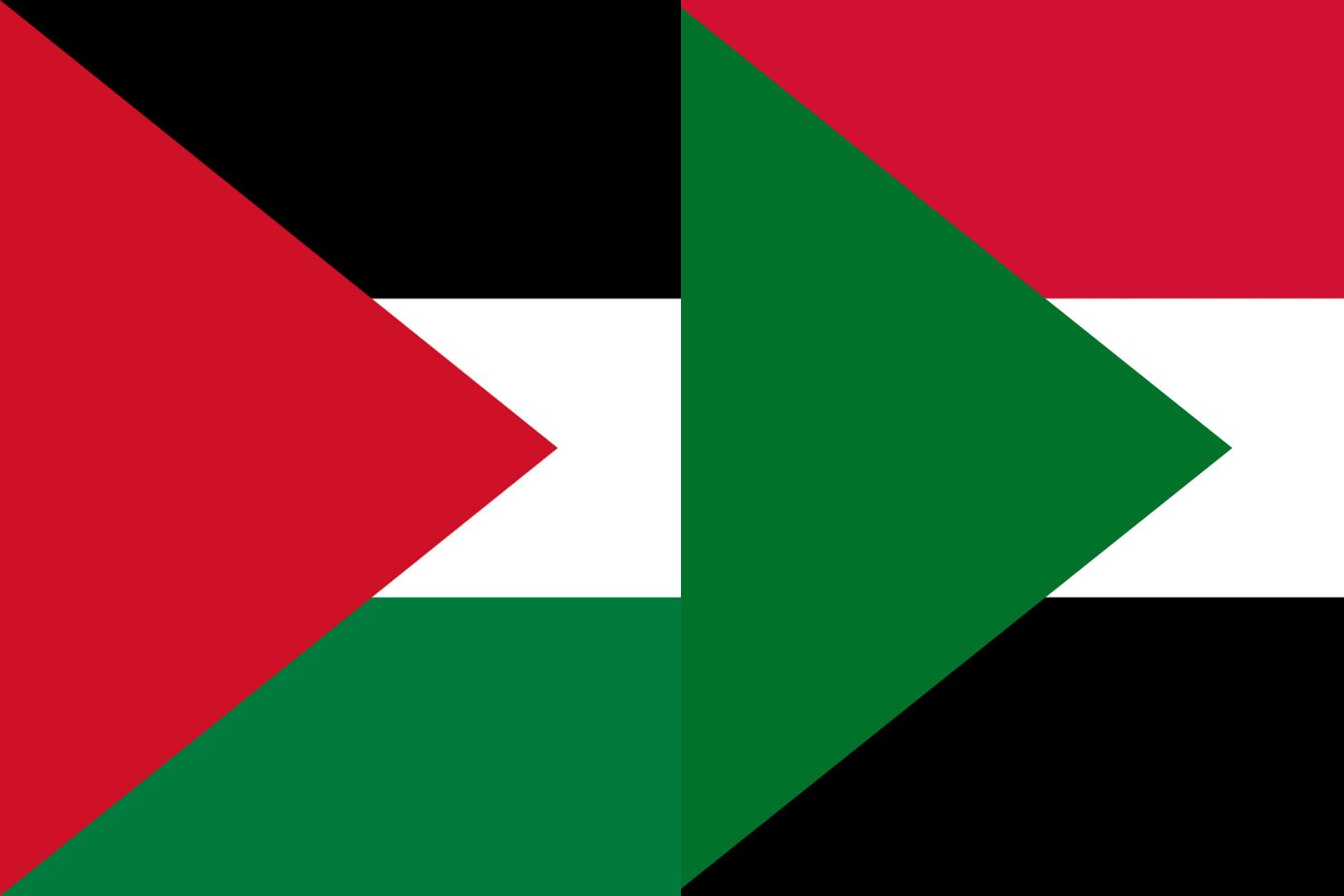
Similarity: Both flags feature horizontal stripes in black, white, and red.
Difference: The Sudanese flag includes a green triangle on the hoist side.
Palestinian Flag vs Lebanese Flag
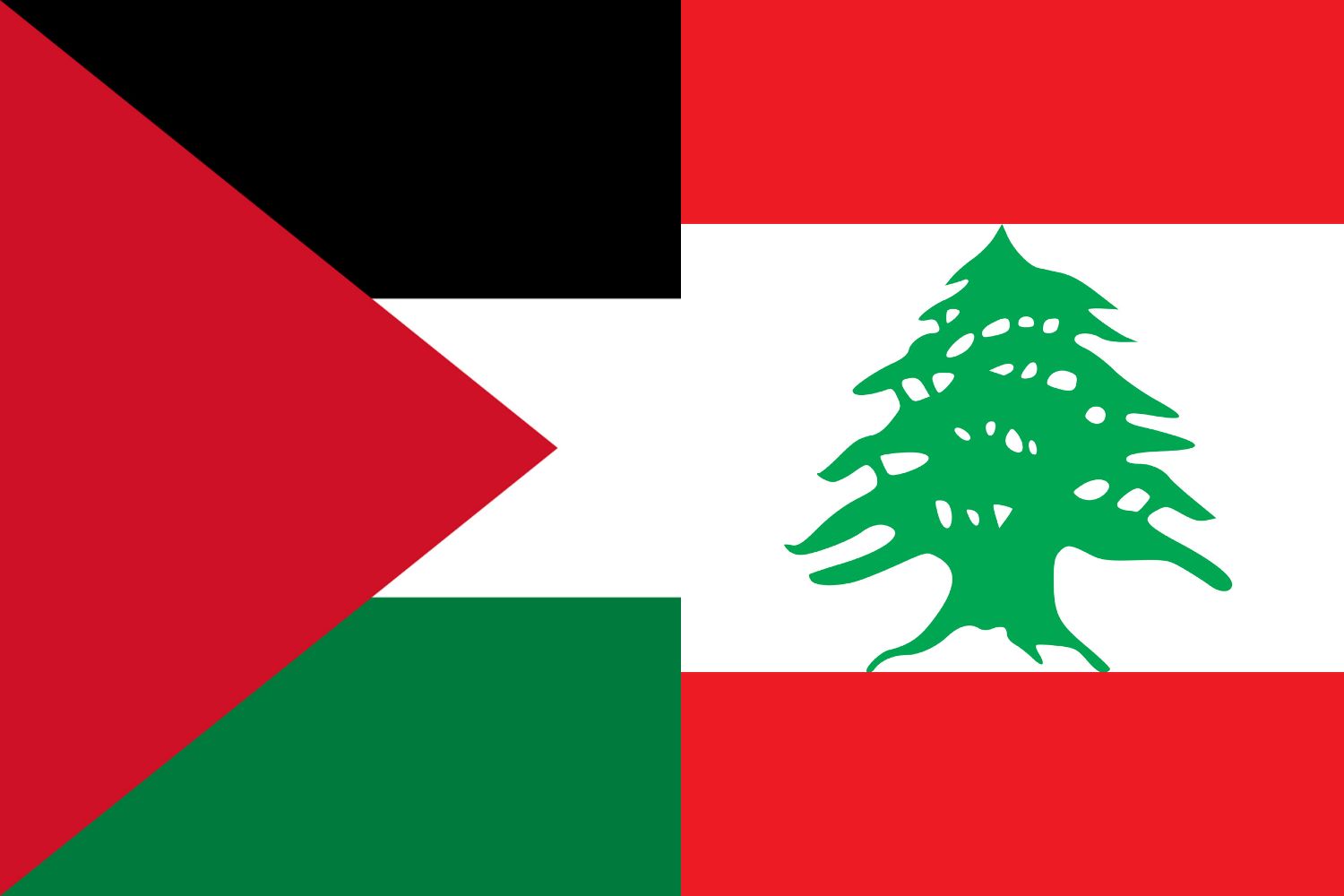
Similarity: Both flags feature the color red.
Difference: The Lebanese flag has a green cedar tree in the center on a white field, with a red stripe on the top and bottom.
Frequently Asked Questions (FAQs)
Discover answers to common questions related to the Palestine flag picture. From its historical origins to the symbolism behind its elements, find concise and informative responses that address inquiries commonly posed by those curious about Palestine’s flag.
What do the colors on the Palestinian flag represent?
The colors are derived from the Arab Revolt flag and represent various historical and symbolic meanings. Generally, they are associated with Arab unity and independence.
When was the Palestinian flag officially adopted?
The flag was officially adopted by the Palestinian Liberation Organization (PLO) on May 28, 1964.
Is the Palestinian flag similar to other flags in the region?
Yes, the Palestinian flag shares its colors with several other Arab nations, which is a symbol of Pan-Arabism and unity among Arab countries.
Is it illegal to raise the Palestinian flag in certain areas?
There have been instances where raising the Palestinian flag was restricted or prohibited, especially in certain areas of Israel. However, this has been subject to change over time.
What is the proper way to display the Palestinian flag during official events?
The flag should be raised briskly and lowered ceremoniously. When displayed alongside other national flags, it should be treated with the same respect and honor.
Who designed the Palestinian flag?
The Palestinian flag is based on the flag of the Arab Revolt, which was used during World War I. The exact individual designer of the original flag is not known.
Is there a specific emblem or symbol on the Palestinian flag?
No, the Palestinian flag consists of horizontal stripes without any specific emblems or symbols.
Are there any official protocols for flying the Palestinian flag at half-mast?
While there might be specific protocols during certain national events or mourning periods, they would generally follow international customs for flag etiquette during mourning.
How is the Palestinian flag used in national celebrations?
The flag is prominently displayed during national celebrations, anniversaries, and significant events to commemorate the Palestinian struggle and identity.
Has the design of the Palestinian flag changed over time?
The design of the Palestinian flag has remained consistent since its adoption by the PLO in 1964, although its roots can be traced back to the flag of the Arab Revolt.
More About Palestine
[the-post-grid id=”50408″ title=”Palestine Main page”]
